In the quiet drama of houseplant care, few emergencies strike fear into a gardener's heart like the dreaded root rot. That moment when you lift the pot and catch a whiff of something swampy, when leaves turn from perky to pathetic overnight—it's the botanical equivalent of finding your plant in intensive care. But before you write the eulogy, know this: many a plant has come back from the brink with the right intervention.
The term "root rot" sounds like some medieval plant plague, but its mechanism is brutally modern—a combination of too much love (watering) and not enough airflow (compacted soil). When roots sit in waterlogged soil, they essentially drown, their oxygen cut off as water fills the air pockets in the soil. Meanwhile, opportunistic fungi like Pythium and Phytophthora throw a decomposition party. What makes root rot particularly sinister is its stealth; by the time symptoms appear above soil—yellowing leaves, stunted growth—the damage below may already be extensive.
First, isolate the patient. Like any good ICU, contamination control comes first. Remove the plant from its pot with gentle hands, as if handling a fragile archaeological find. Brush away soil under running water—room temperature, never cold—to reveal the truth beneath. Healthy roots should be firm and white or light-colored, sometimes with a fuzz of new growth. Rotted roots? They'll feel like overcooked noodles, sliding out of their brown skins at the slightest pressure. That distinctive rotting smell? That's the scent of battle.
Now comes the botanical triage. Sterilize your scissors with rubbing alcohol or a flame—this isn't the time for secondary infections. Cut decisively above the affected areas, even if it means removing most of the root system. A common mistake is being too conservative; rot left behind will spread like wildfire through damp tissue. If stems show blackening or mushiness, keep cutting upward until you hit clean, green tissue. For particularly valuable plants, some gardeners swear by soaking remaining roots in a diluted hydrogen peroxide solution (1 part 3% peroxide to 3 parts water) to oxygenate and disinfect.
The repotting process is where many well-intentioned rescuers falter. That decorative ceramic pot you love? Forget it for now. Choose an unglazed terracotta pot slightly smaller than the root system remains—the porosity allows air exchange, and the snug fit prevents excess soil from staying wet. The potting mix should be so airy it practically whistles: a blend of perlite, orchid bark, and coconut coir creates drainage highways. When positioning the plant, imagine you're tucking it into a hospital bed—roots spread gently, no deep burials. Water just enough to settle the soil, then resist the urge to water again until the top inch is dry.
Post-op care requires adjusting your entire plant parenting philosophy. Place the recovering patient in bright, indirect light—direct sun now would be like making a hospital patient run laps. Humidity helps stressed plants conserve energy, but don't mist; instead, use a pebble tray or nearby humidifier. Hold off on fertilizer until you see new growth; imagine being force-fed a steak dinner while recovering from surgery. The waiting game begins: it may take weeks or even months to see progress, during which the plant will look like a sad stick in dirt. Resist watering "just in case"—this is how second rounds of root rot begin.
Some plants fight harder than others. Succulents and snake plants can resurrect from seemingly hopeless cases, while delicate ferns may not muster the energy. Propagation can be a Plan B: if healthy stem portions remain, they might root in water or sphagnum moss. But there's also wisdom in knowing when to compost and start fresh—a difficult lesson every gardener learns eventually.
Prevention, of course, is less dramatic than rescue. The finger test never lies: if the top inch of soil is damp, walk away from the watering can. Consider potting mixes with mycorrhizal fungi, which form protective relationships with roots. And sometimes the best tool is simply observing your plant daily—not just looking, but noticing subtle changes in leaf posture or color that signal distress long before roots start dissolving.
In the end, saving a plant from root rot is part science, part art, and entirely an exercise in humility. That plant you nearly drowned? It's teaching you to pay attention, to respect natural rhythms, and to understand that sometimes the most dangerous thing you can do is care too much—at least when that care comes in liquid form.
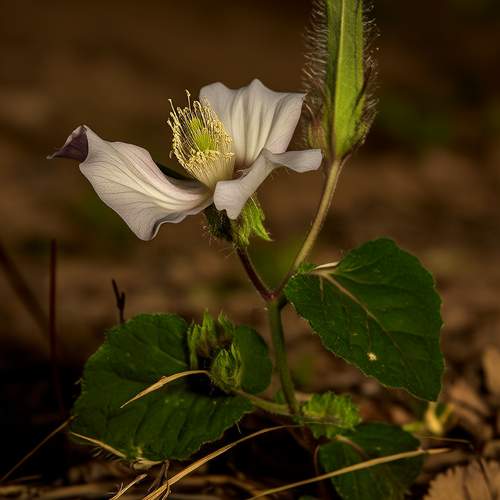
By /May 21, 2025

By /May 21, 2025
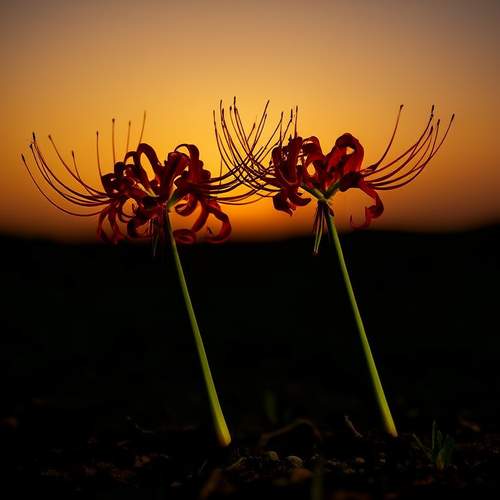
By /May 21, 2025
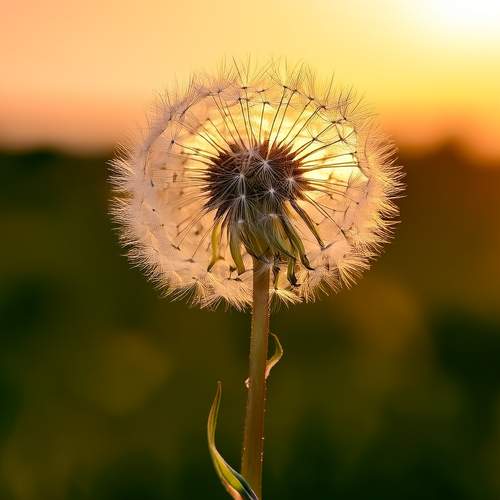
By /May 21, 2025

By /May 21, 2025

By /May 21, 2025

By /May 21, 2025
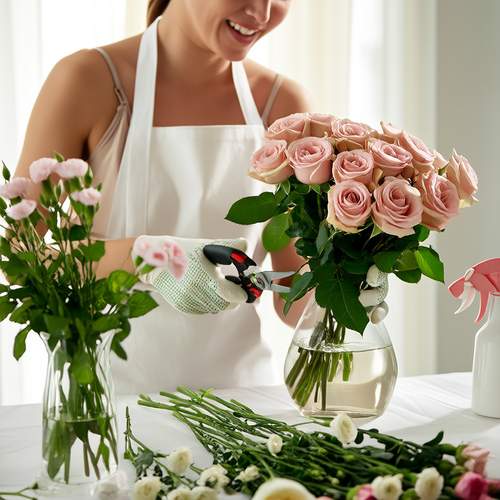
By /May 21, 2025
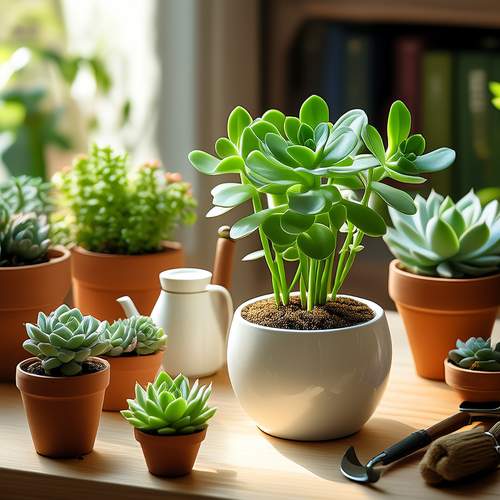
By /May 21, 2025
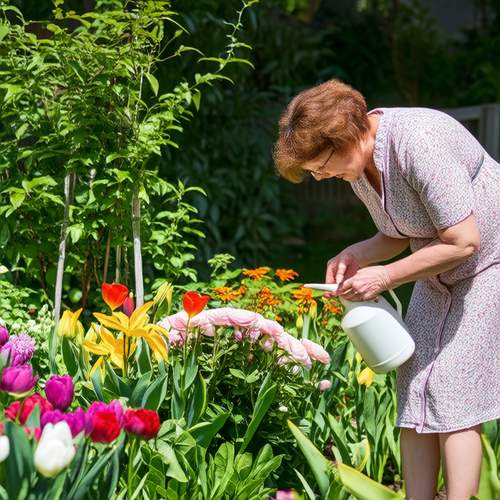
By /May 21, 2025
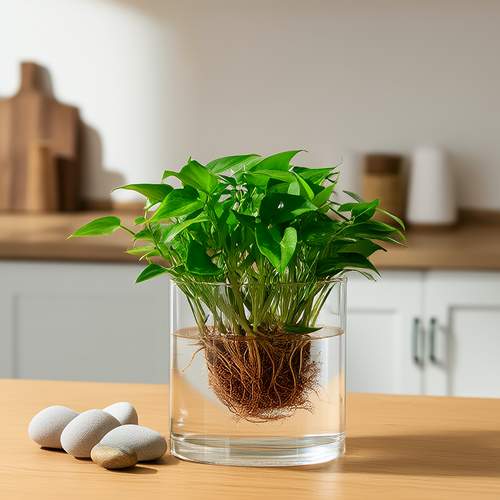
By /May 21, 2025
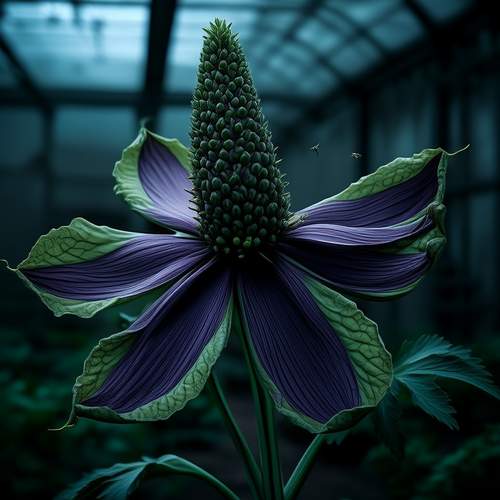
By /May 21, 2025
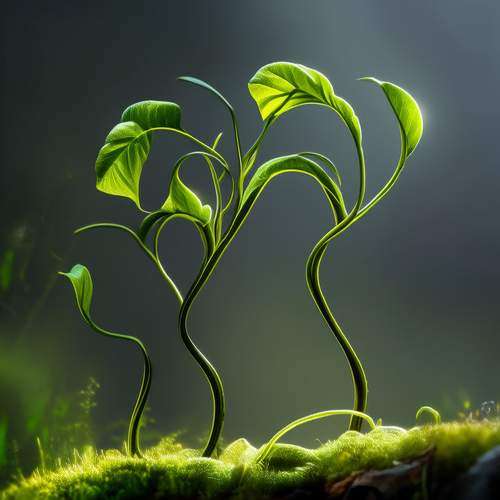
By /May 21, 2025

By /May 21, 2025

By /May 21, 2025
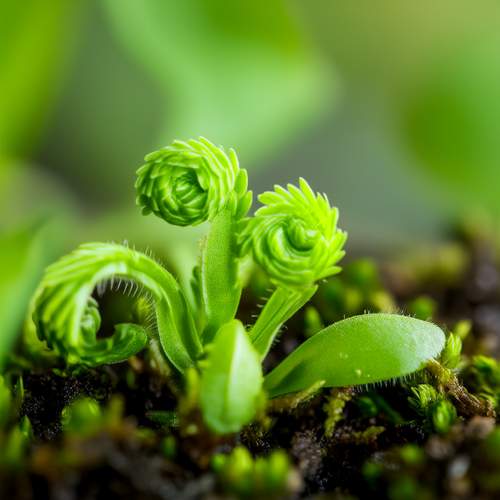
By /May 21, 2025
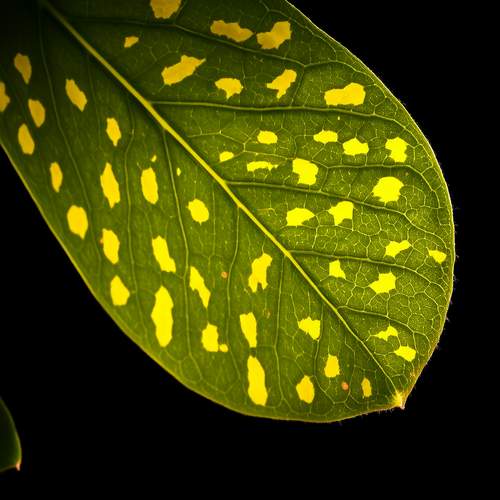
By /May 21, 2025
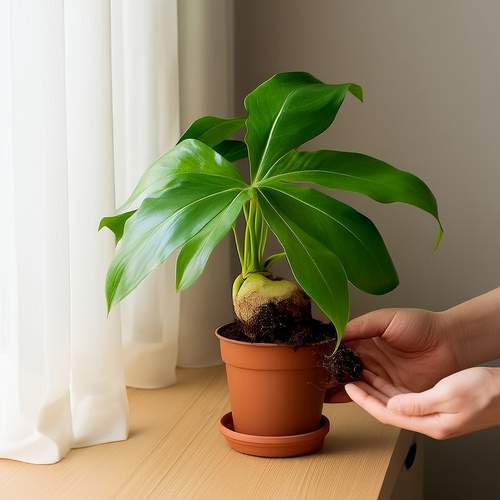
By /May 21, 2025

By /May 21, 2025
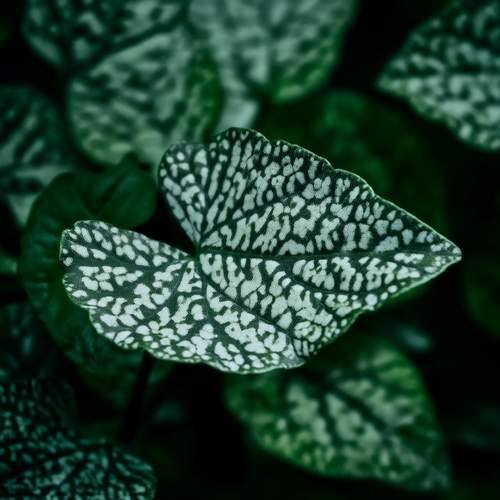
By /May 21, 2025